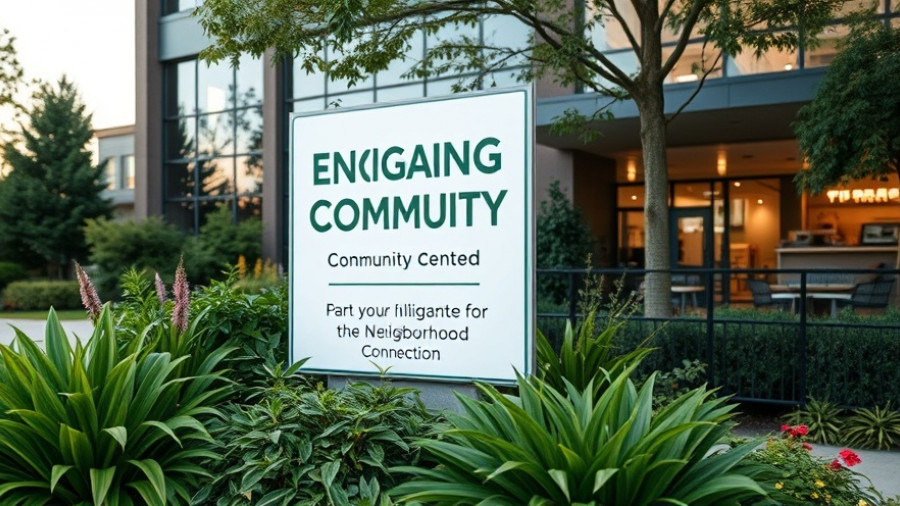
Denver’s Neighborhood Groups: Untapped Potential and Influence
In Denver, registered neighborhood organizations (RNOs) play a pivotal role in community engagement, acting as conduits for local residents to voice their concerns and preferences. According to City Council member Paul Kashmann, these groups embody a “wealth of knowledge and wisdom” that often goes unnoticed, depriving the city of valuable ideas for governance and development.
Why Reform is Essential
The current RNO system, established by ordinance in 1979, is considered outdated and insufficiently supported, leaving many neighborhood groups struggling to operate effectively. While some RNOs thrive due to dedicated members who bring expertise and commitment, others flounder without necessary resources or guidance. The need for reform is echoed by City Council members who are looking to modernize how these civic organizations function, ensuring they can better represent their communities.
Gathering Community Feedback for Future Changes
Recently, council members hosted events to gather input from residents about their experiences with RNOs. This effort aims not only to inform upcoming legislation but also to involve residents in shaping the neighborhood landscape. Community members proposed various enhancements, such as providing templates for RNO websites and enforcing transparency through mandatory financial disclosures for groups receiving city funding.
Future Neighborhood Planning Initiatives
As Denver prepares to implement new neighborhood plans, the potential for revitalizing community agency through RNOs looks promising. Discussions around neighborhoods like Near Northeast and South Central illustrate the city’s commitment to addressing equity and resource accessibility. With residents actively participating in urban planning discussions, there is an opportunity for neighborhoods to flourish in a more inclusive manner.
The Role of Renters in Neighborhood Representation
Interestingly, a significant group often underrepresented in these discussions is renters. Efforts are being made to ensure their voices are heard, especially as neighborhoods undergo transformation and development. Engaging renters directly can bridge gaps in representation and foster a more comprehensive understanding of community needs. The upcoming meetings are an excellent opportunity for these voices to be amplified.
Ultimately, the restructuring of RNOs offers hope for greater civic participation and community empowerment in Denver. As changes move forward, the feedback from engaged residents will be crucial in creating a system that serves all members of the community.
 Add Row
Add Row  Add
Add 




Write A Comment